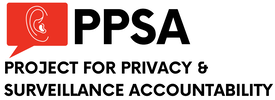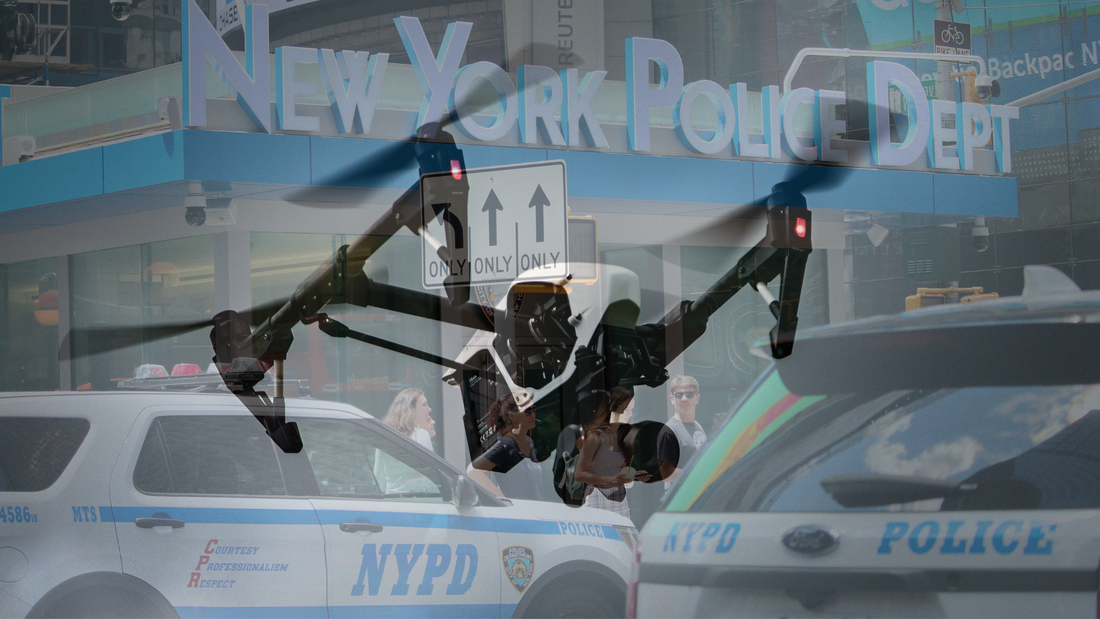|
While many of us were grilling hot dogs and hamburgers, the line between sci-fi dystopia and reality got a little blurrier. The New York City Police Department announced it was using aerial drones to “check in” on parties held across the city over the Labor Day weekend.
The NYPD is making the move, it says, in response to complaints about large and noisy parties during the holiday weekend. At a press conference, Assistant NYPD Commissioner Kaz Daughtry said: “If a caller states there’s a large crowd, a large party in a backyard, we’re going to be utilizing our assets to go up and go check on the party.” The practice of aerial surveillance is escalating. New York police used drones just four times in 2022 but have so far used them 124 times in 2023. Mayor Eric Adams has said he wants to see police further embrace the “endless” potential of drones. The decision is almost certainly illegal. Daniel Schwarz, a privacy and technology strategist at the New York Civil Liberties Union, says mass drone surveillance may violate the city’s Public Oversight of Surveillance Technology (POST) Act. This is an ordinance passed in 2020 that requires the NYPD to disclose its surveillance tactics. The proliferation of drones over our backyards, however, may not be unconstitutional. U.S. Supreme Court precedent on the Fourth Amendment has dealt with aerial surveillance before. In the 1988 case Florida v. Riley, the Court held that Florida did not violate a man’s right against unreasonable searches when police, on a tip, flew a helicopter over his property and observed a greenhouse in which the man was growing marijuana. The greenhouse was not visible from the ground and could only be detected aerially. But nearly 40 years have passed since Florida v. Riley, and in that time police departments across the country have been able to amass and deploy an entire fleet of small, flexible aerial drones. Whereas police might have been constrained by the cost to own and operate a helicopter in the past, today’s police departments can operate a sizable drone fleet at a fraction of the price, enabling a near permanent aerial surveillance force. Further compounding the problem is the high degree of reciprocity between local law enforcement and the national security center. A Department of Justice response to a PPSA Freedom of Information Act request shows that local governments have received fleets of drones and other surveillance technology from the federal government. As Washington floods local police forces with hovering spies, it is time for cities and states to update our laws and jurisprudence on aerial surveillance. Comments are closed.
|
Categories
All
|


 RSS Feed
RSS Feed